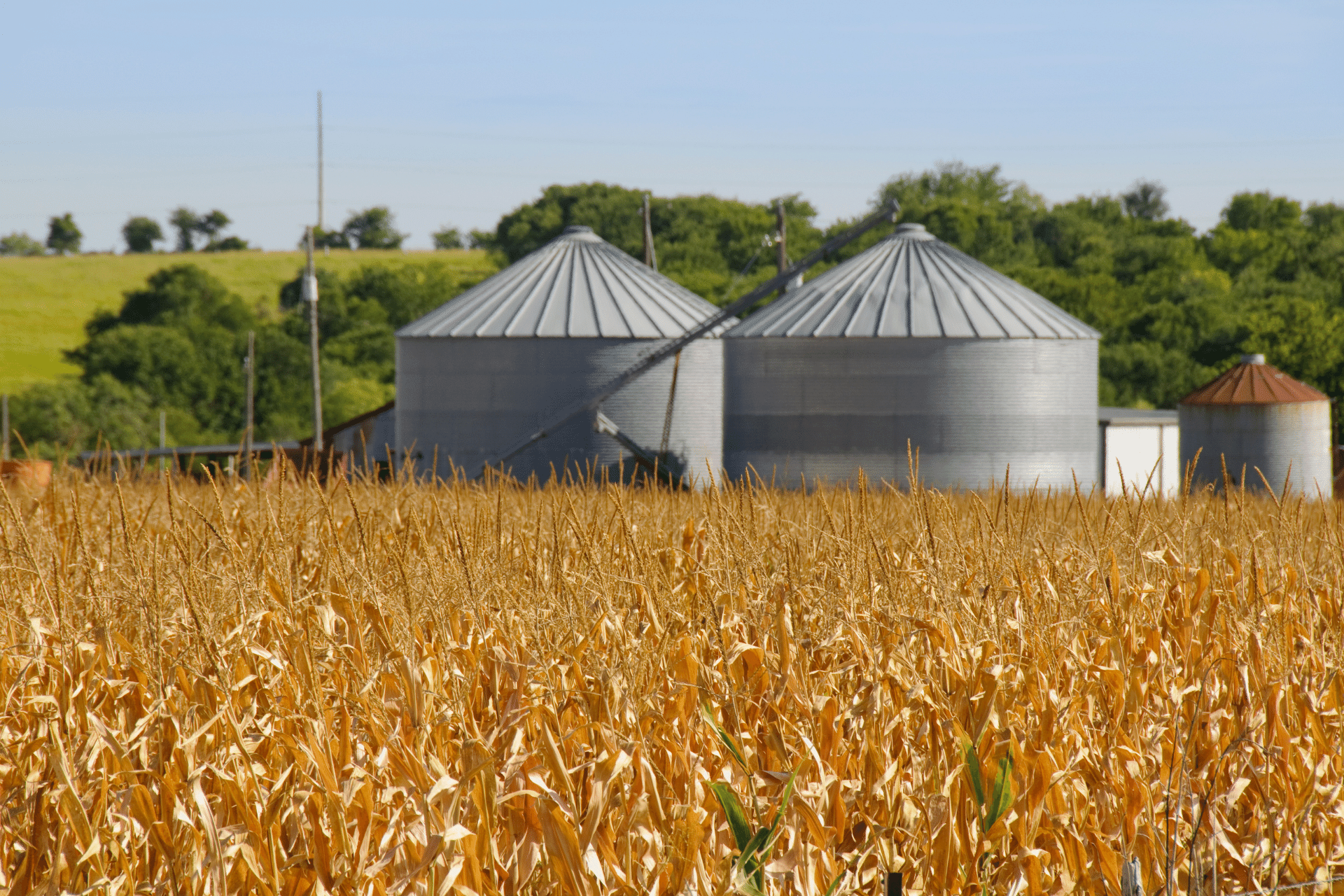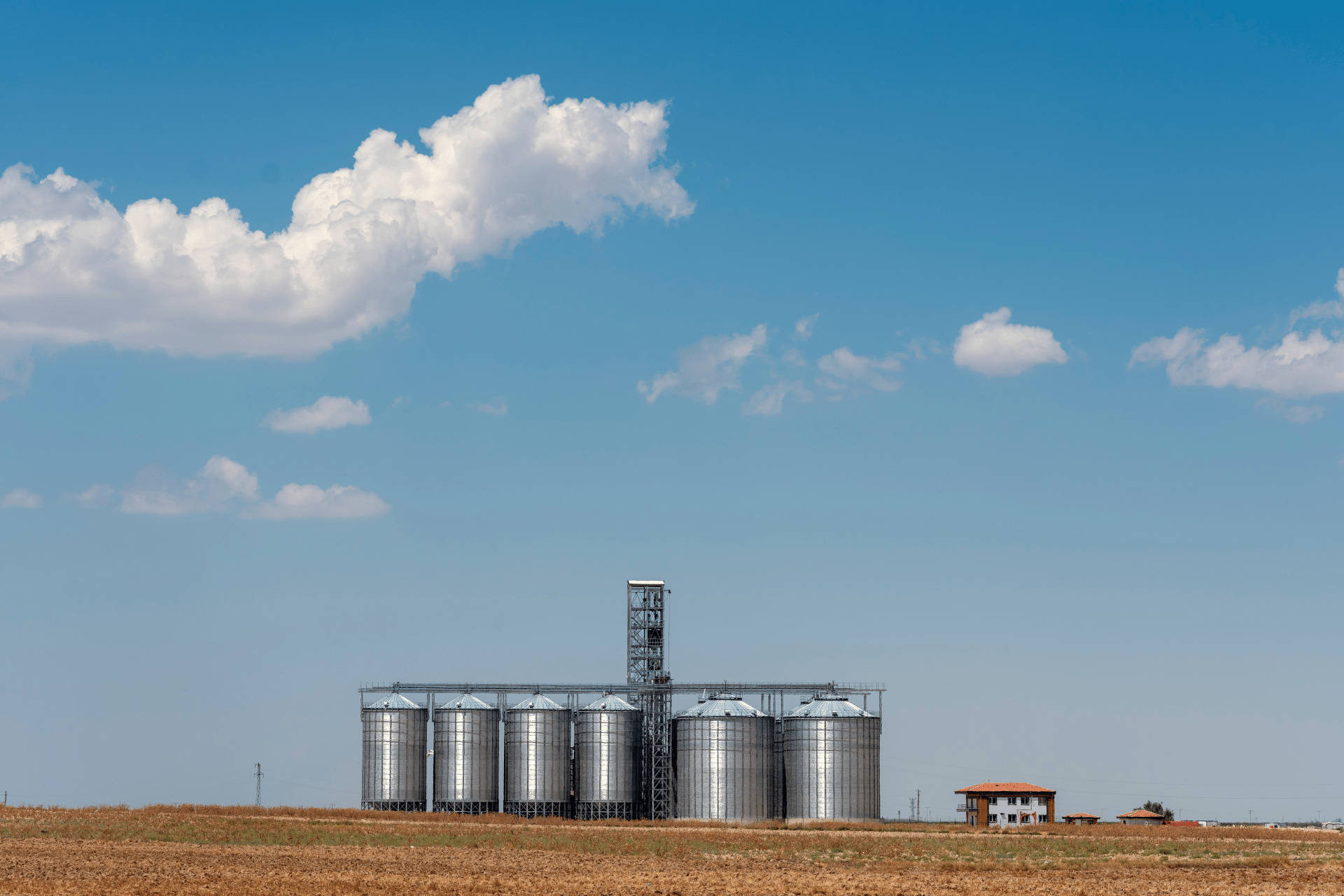Grain Drying Advantages, Tips, and Techniques
The effective storage of grain is an issue that all producers need to find a solution to. Grain drying is one such solution that can deliver an increase in efficiency, quality and yield.
In this article we’ll explore:
The advantages and disadvantages of grain drying
Common grain drying methods
Grain Drying Tips to Boost Efficiency
Grain Drying: Advantages and Disadvantages
Grain drying is not without a mix of advantages and disadvantages. It’s a practice that has been commonplace in farming for centuries and has seen sweeping modernizations, but that’s not to say that the actual process and outcome has changed all that much. Typically, modern day farmers still use either natural or artificial grain drying solutions (explored later in this article), although with technological advancements, artificial methods are growing in popularity.
Grain Drying Advantages
It can be stored safely: Keeping the grain safe from rot, contamination, degradation and germination is key. Each of these issues arises from moisture content within the grain themselves. Drying the grain vastly reduces chances of this happening.
Mold and aflatoxins are reduced: Minimizing the water content reduces or even eliminates the risk of mold and aflatoxins from producing within the grain. Cereal with either of these issues is not fit for human or animal consumption and is therefore wasted.
Minimized waste: Based on the notes above, plus the minimal movement associated with dried grain, the level of waste is reduced dramatically.
Increased production and quality: Artificial drying vastly improves the speed and efficiency of the whole process. What would have taken days using natural methods, can take hours. Furthermore, issues such as climate and availability are no longer a concern as you can work to your own schedule.
Increased profits: By delivering a higher quality product, higher prices can be charged. The increased efficiency also leads to higher yield, further increasing profits.
Grain Drying Disadvantages
Investment costs are high: Grain drying machinery doesn’t come cheap. The initial upfront investment is a high cost, plus you’ll need to run and maintain the machinery on an ongoing basis.
Ongoing costs are increased: Utilities, employees, and fuel are all increased due to grain drying.
Mandatory expansion is required: Grain drying leads to increased output and a greater yield, this means expanding storage and other equipment attributed to the process.
Common Grain Drying Methods
Typically grain is dried in one of two ways, naturally and artificially. These are also often referred to as unheated air drying and heated air drying. Care must be taken to ensure that the grain is dried at the correct temperature, for the right time, with the right drying agent and in the correct humidity.
Natural (Unheated) Air Drying
Natural air drying relies on the current climatic conditions to dry the grain. This can take days to weeks of air flow but often delivers the least expense and highest quality grain. Often natural dryers use a stirring device but research shows this actually increases the drying time, can significantly damage the grain and also damages the stirring device.
Heated Air Drying
Using heated air there is an increase to the amount of water that can be transferred away from the grains. It should be noted that it is not a factor of simply increasing temperature to speed up the process. There are many factors such as humidity at play too. Plus temperatures that are too high result in poor grain quality and yield.
Grain Drying Tips to Boost Efficiency
Whether you’ve created your grain drying system, or you’re planning and designing one, these tips will always lead to an increase in efficiency. They are tips that should become common practice within your business.
Perform Annual Maintenance
Keeping your machinery running smoothly is a surefire way to boost efficiency. There are a number of processes you should be running through on an annual basis at a minimum. These include:
Completely cleaning the drying surfaces.
Checking all bearings including mounting bolts and collars.
Get an expert to check gas pressure regulators.
Inspect all electrical controls and components.
Inspect the flame color for combustion efficiency.
Invest in an All-Heat Dryer
All-heat driers are some of the best on the market. They can dry grain and considerably higher volume, they run in a more efficient way and, although they cost more, the quality and yield is worth the investment. That’s even considering upgrades to bin aeration.
Prevent Over Drying By Drying Evenly
Investing in a machine that evenly dries is a great way to increase efficiency. If one area is drying faster than others some grain will be over dried to make up for the under dried grain. Explore the market to see what options are available, different suppliers have invented different solutions such as the single-module, stacked dryers from Sukup, or the grain inverters from GSI.
Use Automated Monitoring Systems
Automated systems that use technology to check the drying process, gives you not only peace of mind but also dramatically improved efficiency. A management service, such as that offered by Wall Grain, will allow you to monitor condition and safety for the grain. They even allow you to control fans remotely.
Remove Broken Kernels
Sorting your grain before even starting the drying process is a great way to increase efficiency. You can’t take broken kernels or weed seeds to market, so why would you spend the time drying it. Plus they reduce airflow within the dryer.
Key Takeaways
Grain drying definitely has a tendency to increase efficiency and productivity, a great deal of the potential success comes down to the design you’re using. Natural still has its place in the world, but it is no surprise that more and more producers are converting to artificial.
Natural or artificial, be sure to maintain equipment to ensure maximum efficiency.
Investing in automated systems all but guarantees the best results.
Interested in learning more about grain drying solutions? Explore the options developed by Wall Grain.



